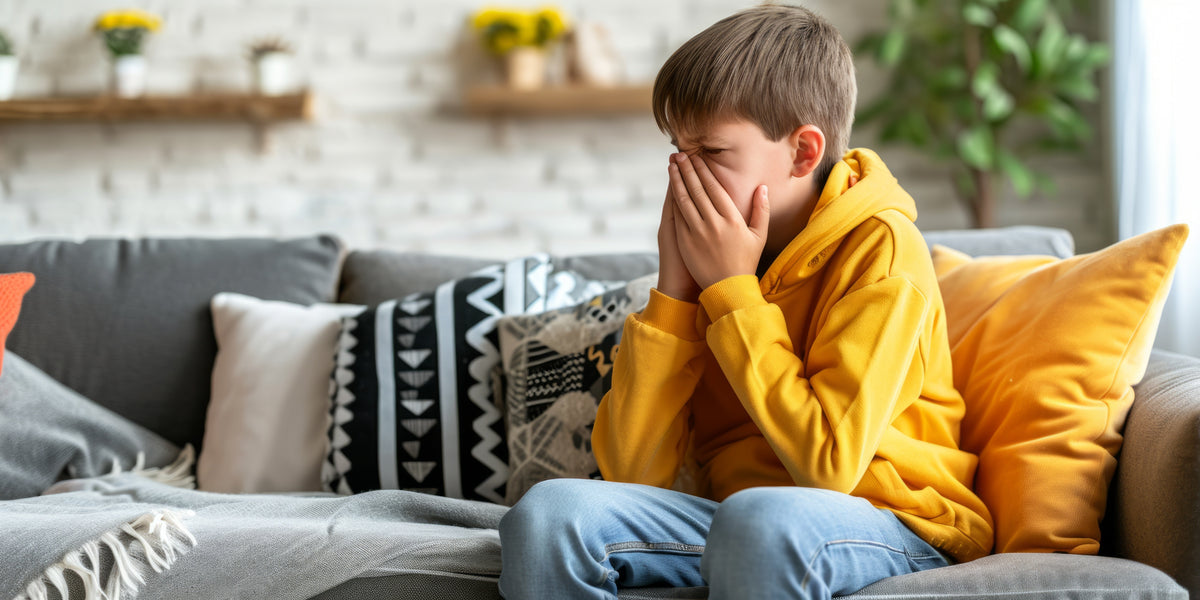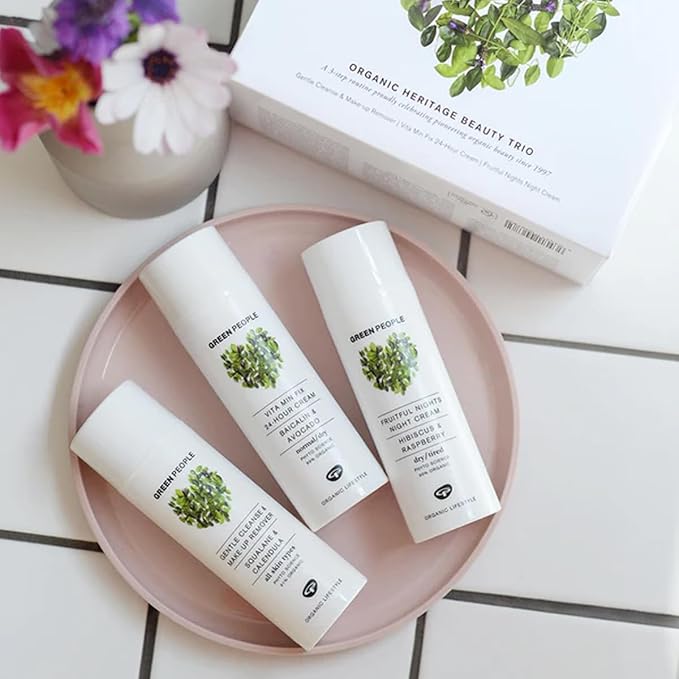Travelling lightly is one of the easiest ways to shrink your footprint without losing the joy of discovery. A minimalist mindset keeps you focused on experiences rather than overpacking, overbuying, and rushing from place to place. Start with lower-impact transport where you can: trains, coaches, shared transfers, cycling, and walking all reduce emissions while helping you see more of the destination at street level. Pack with intention, not “just in case” fear. Choose neutral, mix and match layers, one comfortable pair of shoes you can walk in, and refillable toiletries (solid bars and travel decants work brilliantly). Bring a reusable bottle, a tote, and a small repair kit so you can fix small issues instead of replacing items mid-trip. Once you arrive, slow down and spend locally independent cafés, markets, and makers so your money supports the community rather than mass tourism. At Friendly Turtle EcoBlog, we love the idea that sustainability can feel calmer, not restrictive: fewer items, smarter choices, and more time to appreciate nature and culture. Travel less cluttered, and your memories become the souvenir.
Share your articles with us and get published! Reach out at hello@friendlyturtle.com.
Natural Ways To Treat Dust Mite Allergies in Kids

Some kids seem to have sniffles and sneezes that won't go away, no matter the season. There's a good chance dust mites are to blame for all that discomfort. You may not realize it, but these tiny creatures could be living right inside your home. They might be hiding in places like bedding, furniture, stuffed toys, curtains, and carpets.
If your child has a sensitive immune system, their body basically treats these harmless little bugs like major troublemakers. That's when you start noticing those telltale allergy symptoms, like constant coughing or red, watery eyes.
While medications can provide relief, you may want to try gentler, more natural approaches first. Here are a few simple ways to treat dust mite allergies and help your child feel more comfortable at home:
Keep Bedrooms Allergen-Free
Bedrooms often harbor the highest concentration of dust mites. Since kids spend so much time in this area, it's important to make it as allergy-friendly as possible. These little critters love to settle in mattresses, pillows, and box springs.
In this case, your first line of defense is to create a barrier they can't cross. Dust mite-proof covers can be a great protective shield here. They're specially designed to keep these tiny pests from settling where your child sleeps.
The weekly laundry routine becomes crucial, too. But here's a tip: wash your sheets, blankets, and pillowcases in hot water, at least 130°F (54.4°C). That temperature helps kill dust mites and remove the allergens they leave behind.
Reduce Humidity Indoors
Did you know house dust mites love moisture as much as kids love a cozy blanket? These tiny pests thrive in humid spaces, especially bedrooms and living areas where everyone spends the most time. If the air feels damp, it's practically an open invitation for them to settle in and multiply.
One natural way to fight back is by using a dehumidifier to decrease moisture levels. Ideally, you'll want to keep indoor humidity between 30% and 50%. A small, handy device called a hygrometer can help you keep track. Air conditioner units with built-in humidity controls can assist as well. Just be sure to regularly clean and maintain these appliances to avoid mold and dirt accumulation.
Now, if the allergic reaction persists despite your best efforts at home, it might be time to explore dust mite allergy treatment options. Your doctor may recommend antihistamines, nasal corticosteroids, or other medications to help relieve symptoms. Often, the best results come from combining natural strategies with medical care.
Replace Carpets, Upholstery, and Curtains
Carpets, cushy couches, and thick curtains might feel homey, but they're also a dream come true for microscopic bugs. These soft surfaces trap dirt, skin flakes, moisture, and everything else those unwanted guests love.
If you can, trade wall-to-wall carpeting for something easier to clean, like hardwood, tile, or vinyl floors. Don’t worry if taking out the carpet isn’t an option. Just be sure to vacuum often using a device with a HEPA filter to trap allergens rather than stir them up.
When it comes to furniture, leather or vinyl pieces are great picks. They don't hold onto dust and are easy to wipe down. And instead of heavy drapes, try lightweight, washable curtains or simple blinds. These simple swaps can make a big difference in keeping your home, and your child's allergies, under control.
Improve Ventilation Throughout Your Home
Dust mites love still, stale air, so don't give them that luxury. To improve ventilation, open windows on dry days to let in a breeze and clear out stuffiness. It's also best to turn on kitchen and bathroom exhaust fans while cooking or showering to keep the air from getting stuffy.
Another tip is to avoid pushing beds up against walls or windows. Those spots don't get much airflow, which can lead to a buildup of allergens over time. Even small changes, like moving furniture or leaving doors slightly open, can help air circulate more freely throughout the room.
Aside from freshening up the atmosphere, good ventilation creates a healthier space for your child to breathe and rest easy.
Use Essential Oils with Care
Some essential oils are believed to help reduce dust mite populations due to their antimicrobial properties. But keep in mind that not all products are gentle on little ones, and some can cause irritation if not used properly.

Here's how to use them safely and effectively:
- Pick child-friendly oils: Stick with oils generally considered safe for kids, like lavender, chamomile, or eucalyptus (for children over 2). Always check the label for age recommendations or consult your pediatrician if unsure.
- Dilute: Essential oils are very concentrated. Mix only one or two drops with a cup of water in a spray bottle. This keeps the scent light and reduces the risk of irritation.
- Test before you spray: Do a small patch test on fabric and in the room to make sure no one reacts to the scent or ingredients.
- Mist, don't soak: Lightly spray surfaces like curtains, carpets, or mattresses. It should be just enough to freshen things up without soaking them. Make sure everything dries completely before your child comes into contact with it.
Essential oils can be a natural helper in your dust-mite-fighting toolkit. Just use them with care, and always keep safety as the top priority.
Encourage Bathing Twice a Day
It's not always just your home that triggers allergy symptoms. Sometimes, allergens tag along with your child after a full day at school, playing outside, or running errands. Dirt, pollen, and pet dander, for instance, can stick to their skin, hair, and clothes.
Encourage your child to have a quick rinse or bath in the evening, not just in the morning. This can help wash away irritants before they end up on pillows, bedsheets, sofas, or cuddly stuffed toys. This extra bath can also help your child wind down and sleep more comfortably.
Make it part of their bedtime routine. This will promote good hygiene and help create a cleaner environment.
Wrapping Up
No one is happy when a child struggles with allergy symptoms day after day. Sneezing, itching, congestion, and disrupted sleep can drain their energy and affect their mood.
Taking steps to manage the triggers at home gives children a better chance at restful sleep and more symptom-free days. Simple adjustments in the daily routine can lead to noticeable relief over time. What matters most is consistency, patience, and keeping the child's comfort and health at the center of it all.
0 comments
Let customers speak for us
Blog posts
First-time visitors to Georgia often want a clear, stress-free introduction that balances culture, nature and everyday comfort. Many begin in Tbilisi, where the airport sits close to the city centre and the compact Old Town allows easy walking between the sulphur baths, Narikala cable car and riverside viewpoints. Sustainable travel here means choosing walkable routes, local cafés and small hotels that support the community. Short trips to Mtskheta add historical depth without long drives, while Kakheti introduces wine traditions through slower, guided visits that reduce unnecessary transport. Some travellers combine Tbilisi with Batumi, using efficient internal travel rather than multiple flights. At Friendly Turtle EcoBlog, we encourage first-time visitors to travel Georgia responsibly by pacing itineraries, staying in family-run guesthouses, joining small-group tours and respecting local ecosystems. These mindful choices help reduce environmental impact while still offering a rich, authentic experience of Georgia’s cities, landscapes and traditions.
A calm, multifunctional garden can be more than a pretty backdrop it can become a practical extension of your home that supports slow mornings, outdoor meals, and genuine downtime. In this Friendly Turtle EcoBlog guide, we look at simple, sustainable ways to shape an outdoor space that feels organised, welcoming, and easy to use throughout the week. Start by creating clear “zones”: a quiet seating corner for reading, a dining spot for relaxed lunches, and a flexible open area for play or potting. Light-touch structures, such as an airy pergola or a sheltered veranda, add definition without blocking daylight, making the garden usable in changeable weather. Keep the mood restful with layered planting: evergreens for year-round structure, seasonal flowers for colour, and lightly scented herbs near paths. Choose reclaimed or recycled materials where possible, add soft warm lighting, and reduce water waste with mulch and a simple rainwater butt. The result is a garden that feels calm, functional, and kinder to the planet.



